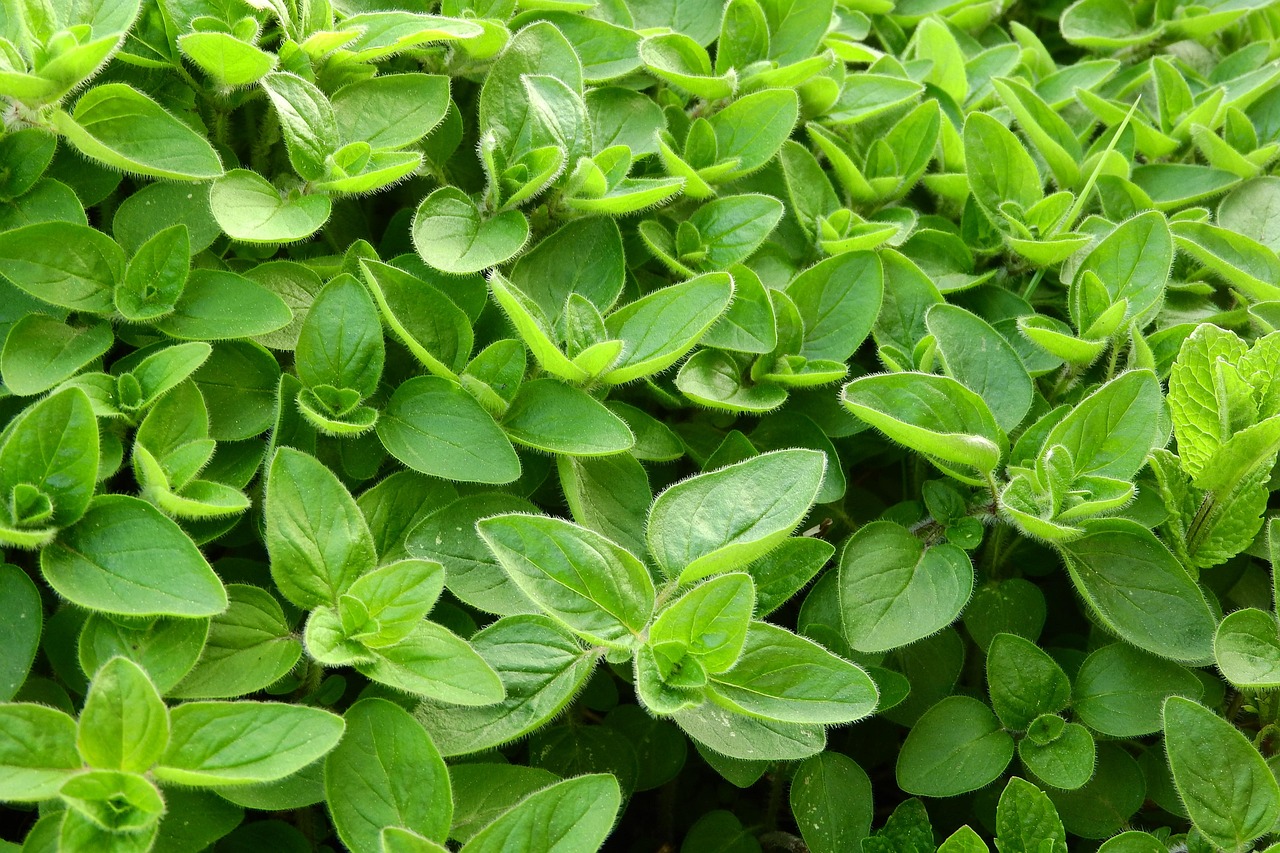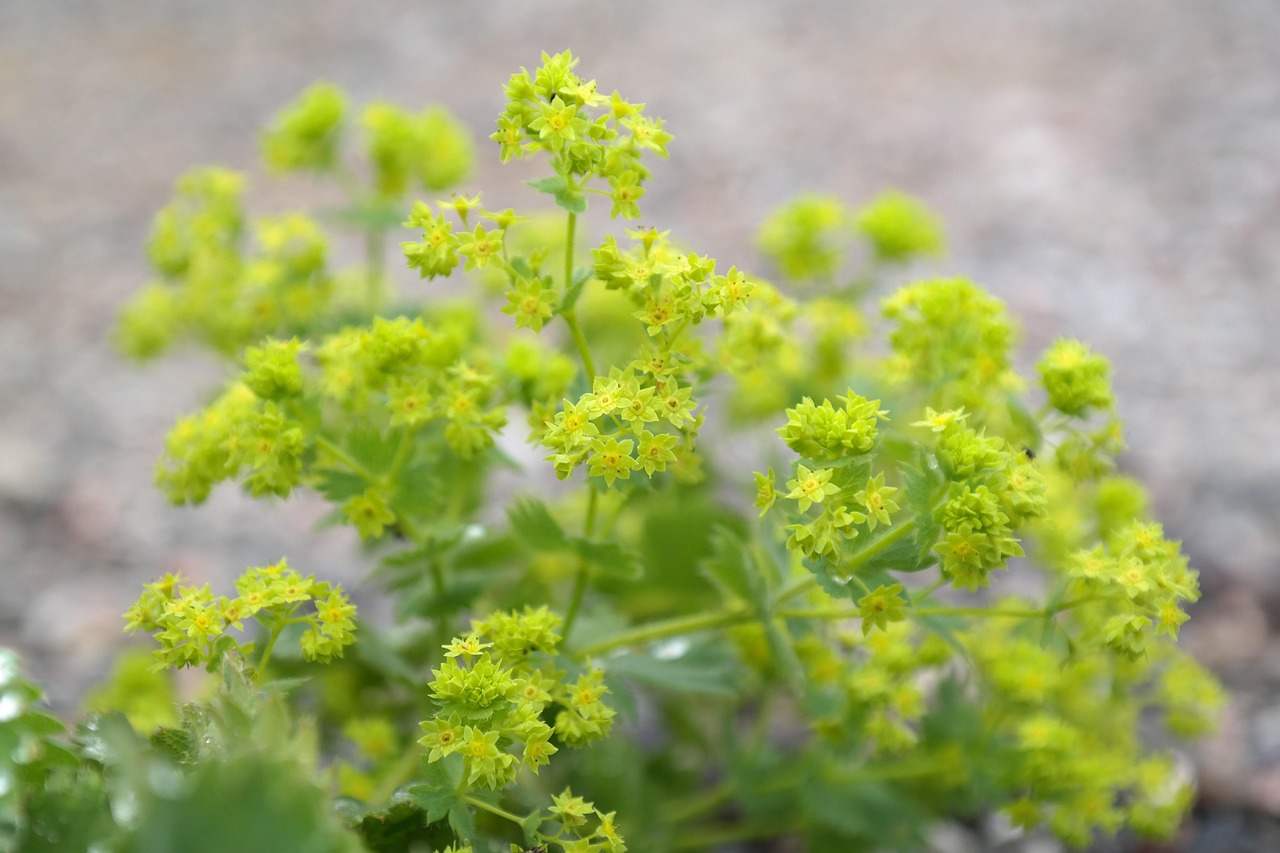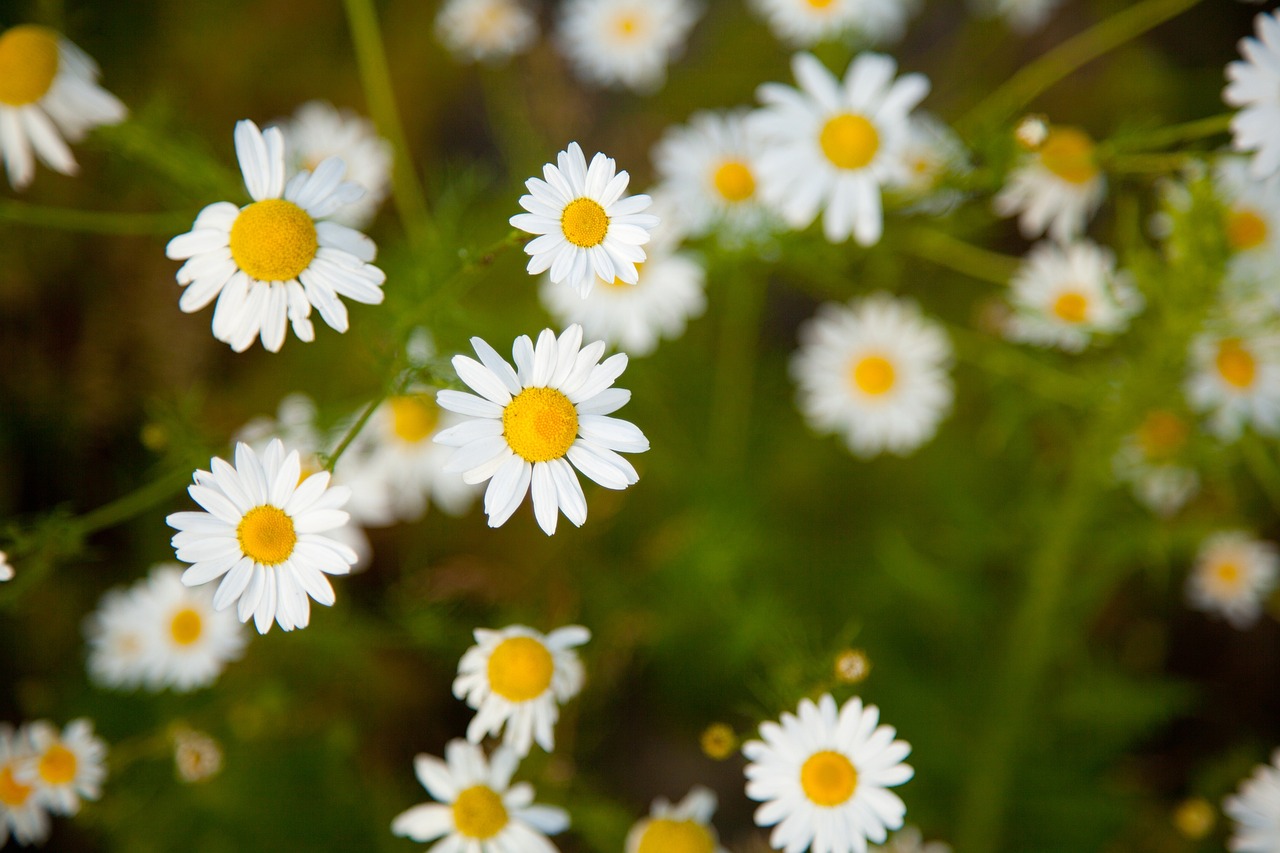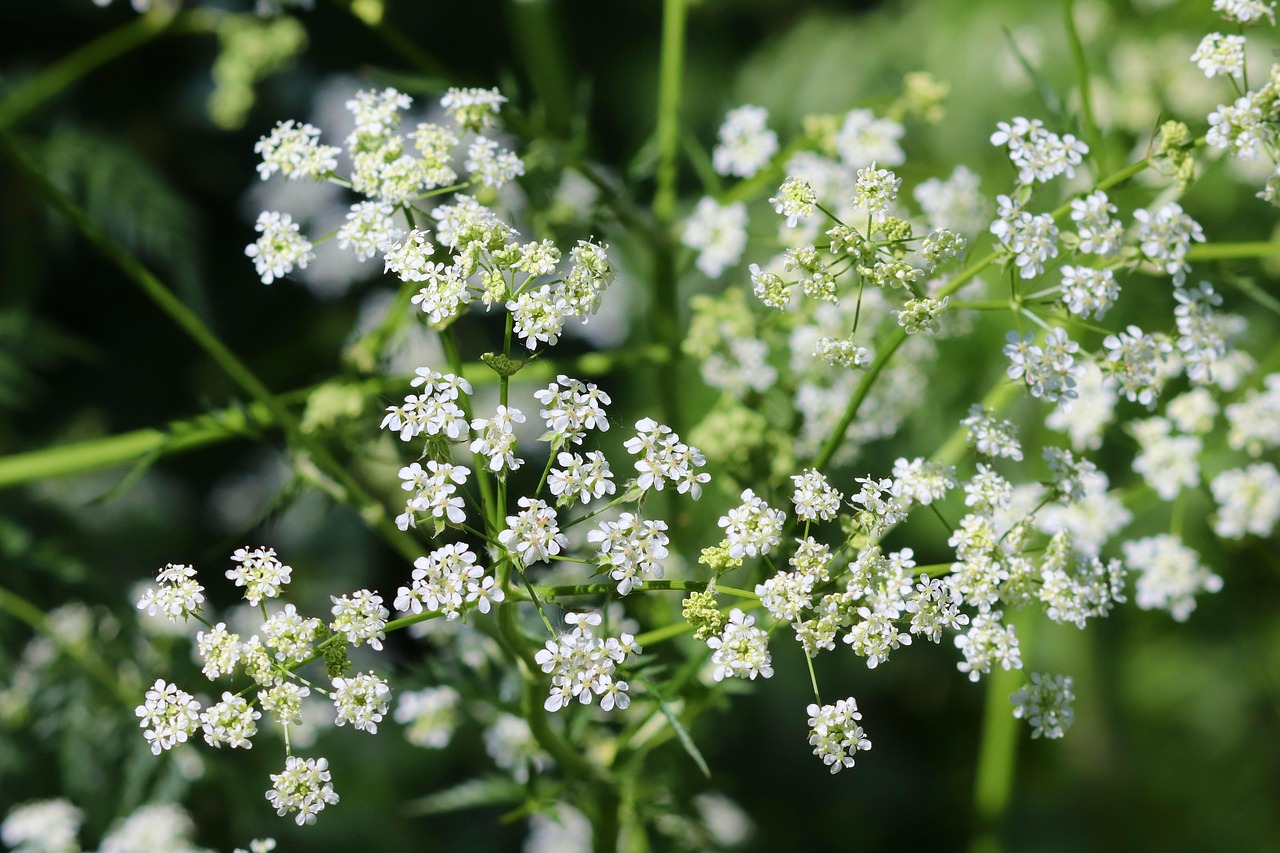Sweet Marjoram | A Fragrant Herb Dedicated to Ancient Greek Banquets and Weddings

Sweet marjoram is a perennial herb admired for its delicate fragrance and compact form. From ancient times to the present, it has been embraced by diverse cultures and continues to be an essential feature in herb gardens and home cultivation.
In this article, I will explain in detail the basic information about sweet marjoram, its role in modern culture, its historical background, and tips for cultivation.
Basic Information
- Scientific name: Origanum majorana
- Family: Lamiaceae
- Origin: Eastern Mediterranean region (Cyprus, Turkey, Syria)
- Appearance: Small oval leaves densely packed, covered with fine hairs that give them a soft impression. At the tips of upright stems, clusters of small flowers bloom in white to pale pink.
- Flowering season: Early summer to autumn
Cultural Significance Around the World
Today, sweet marjoram is widely incorporated into natural and kitchen gardens.
In Europe, it is valued as a border plant or as an accent in container gardens, playing an important role in decorating herb gardens.
In France and Italy, it is one of the herbs traditionally planted in home gardens, reflecting a lifestyle that embraces natural fragrance.
Even in urban areas, it is loved as a plant suitable for balcony and rooftop gardening. Thanks to both its aroma and appearance, it brings a natural rhythm into living spaces.
Historical Episodes
Sweet marjoram has accompanied human life since ancient times.
In ancient Greece, it was regarded as a symbol of love and happiness, and woven into wedding crowns. Associated with the goddess Aphrodite, it was treasured for its special fragrance.
During the Roman era, it was planted in villa gardens and city courtyards, enriching urban life as a fragrant herb.
In medieval Europe, it became indispensable in monastery herb gardens, where monks deepened their botanical knowledge through its cultivation and management.
Thus, sweet marjoram has played an important role within religious and cultural contexts, influencing the development of horticultural traditions in Europe.
Gardening Advice
When growing sweet marjoram, it is important to prepare a suitable environment by following these guidelines:
Sunlight
Choose a sunny location. Ample sunlight enhances both leaf color and fragrance.
Watering
Water generously once the soil surface has dried. To prevent root rot, use well-drained pots or soil.
Soil
Prefers light, well-drained soil. Mixing herb soil with perlite or sand creates optimal conditions.
Fertilizer
During the growing season (spring to early summer), apply diluted liquid fertilizer every 2–3 weeks. Avoid excessive feeding.
Pruning
Regularly trim overgrown branches and spent flowers to maintain shape. Pinching back tips encourages new shoots.
Overwintering
Since sweet marjoram is not frost-tolerant, protect it from frost and bring it indoors if necessary.
Conclusion
Sweet marjoram is a perennial herb with its origins in the ancient Mediterranean world, symbolizing happiness and peace throughout history.
Even today, it plays an important role in herb gardens and urban gardening. With proper care, it offers delicate leaves and a rich fragrance, allowing me to bring the blessings of nature into daily life.




